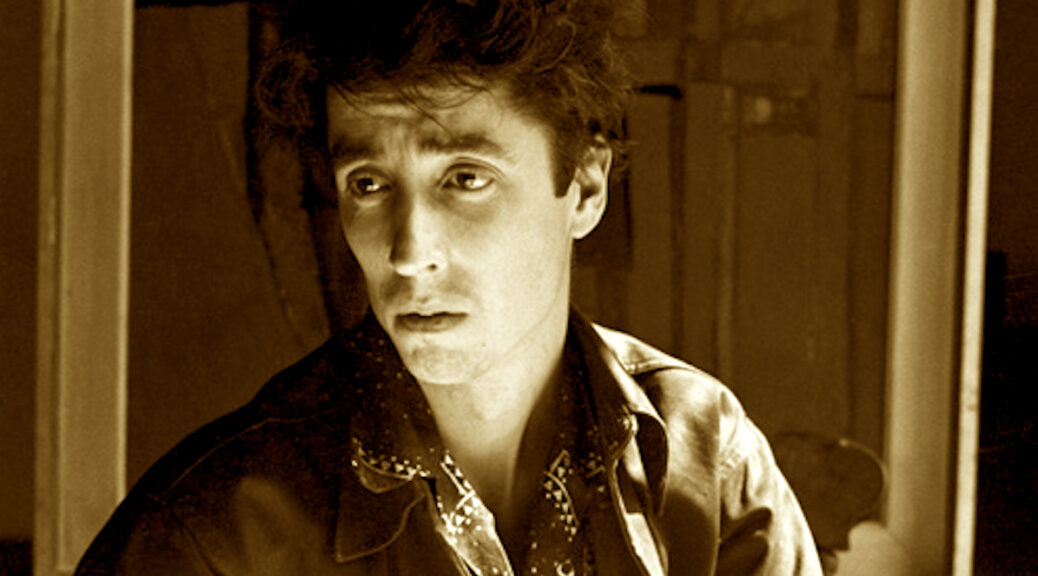Francis JOHN MINTON, born on this date (d: 1957), was an English painter, illustrator, stage designer and teacher. After studying in France, he became a teacher in London, and at the same time maintained a consistently large output of works. In addition to landscapes, portraits and other paintings, some of them on an unusually large scale, he built up a reputation as an illustrator of books.
In the mid-1950s, Minton found himself out of sympathy with the abstract trend that was then becoming fashionable, and felt increasingly sidelined. He suffered psychological problems, self-medicated with alcohol, and died by suicide in 1957 at the age of just thirty-nine, the same year as the Wolfenden Report was published recommending the decriminalization of homosexuality.
Minton was born in Great Shelford, Cambridgeshire, the second of three sons of Francis Minton, a solicitor, and his wife, Kate, née Webb. From 1925 to 1932, he was educated at Northcliff House, Bognor Regis, Sussex, and then from 1932 to 1935 at Reading School. He studied art at St John’s Wood School of Art from 1935 to 1938. and was greatly influenced by his fellow student Michael Ayrton, who enthused him with the work of French neo-romantic painters. He spent eight months studying in France, frequently accompanied by Ayrton, and returned from Paris when the Second World War began.
From 1943 to 1946 Minton taught illustration at the Camberwell College of Arts, and from 1946 to 1948 he was in charge of drawing and illustration at the Central School of Art and Design. At the same time he continued to draw and paint, sharing a studio for some years with Robert Colquhoun and Robert MacBryde, and later with Keith Vaughan. Reviewing a 1944 exhibition, The Times remarked that Minton was clearly in the tradition of Samuel Palmer, something frequently remarked on by later critics.
Minton’s posthumous fame is principally as an illustrator. But he was a prolific artist. He designed textiles and wallpapers; he produced posters for London Transport and Ealing Studios; and he was highly regarded as a portrait painter. He also worked in collage. He painted scenes of Britain, from rural beauty to urban decay, and travelled overseas, producing scenes of the West Indies, Spain and Morocco The London Times wrote, “Even when they were ostensibly of Spain and Jamaica, Minton’s landscapes looked back to Samuel Palmer for their mood. They were densely patterned and luxuriantly coloured, and it was always the fullness and richness of the scene which attracted his eye and which he painted with such evident enjoyment.”
Minton’s output was considerable. Between 1945 and 1956 he had seven solo exhibitions at the Lefevre Gallery, notwithstanding his work as tutor to the painting school of the Royal College of Art in 1949, a post that he held until the year before his death. Minton’s appearance in this period is shown in a 1952 portrait by Lucian Freud, as well as in self-portraits. In the 1940s Minton, Freud and fellow artist Adrian Ryan had been in a love triangle.
